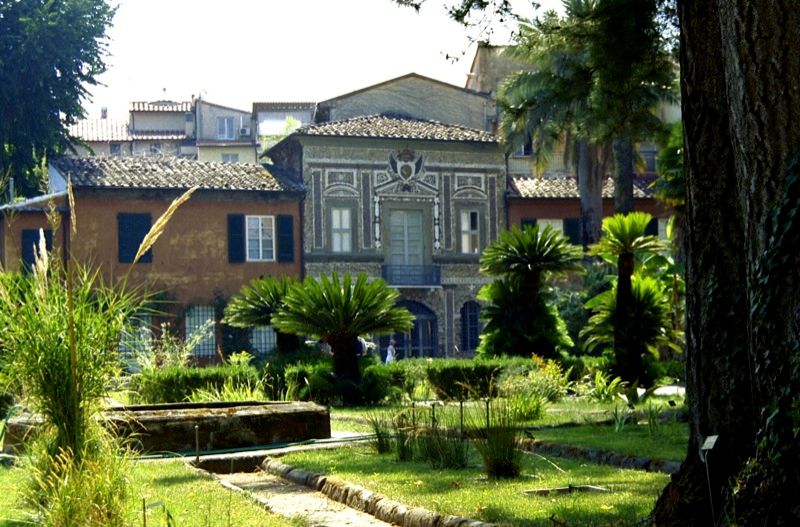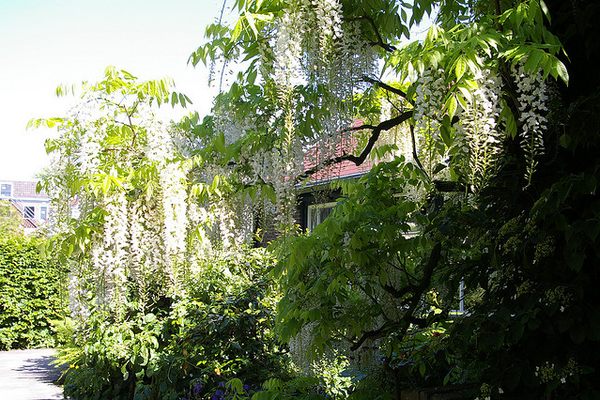About
Established in 1544, the Botanical Garden of Pisa is part of the legacy left behind by Cosimo I de' Medici.
The first university botanical garden in Europe, built to serve as an "office" to legendary botanist Luca Ghini of Imola. Home to Ghini's herbarium, the first of its kind, the exciting new idea to dry plants and carefully illustrate them so they could be studied and utilized throughout the off-season was just one of the many innovations that took place within these garden walls.
Now located at via Luca Ghini 5 in Pisa, the garden has been moved twice, once in 1563, and then again in 1591. These relocations have required the title of "oldest botanical garden" to be split between Ghini's garden and the Botanical Garden of Padua, established a year later but still flourishing in its original location, making it the oldest botanical garden still in its place of origin. Split hairs aside, the Pisa garden is a phenomenal place to lose yourself in the delicate art and science of botany. Operated by the University of Pisa, the grounds include fountains, ponds, a library, greenhouses, herb gardens, one of the oldest iron-framed hothouses in Italy, and the former seashell adorned botany institute, in use from 1591-1595.
For centuries, the botanical garden has been collecting illustrations, artwork, seeds, rare and endangered specimens, and scientific journals, Along with the 148 flower beds and ancient Ginkgo biloba trees planted in 1787, some of the garden's most impressive treasures include their Pharaonic collection—examples of specimens found in the ancient Egyptian tombs—and their impressive aquatic plant collection, some of which are so endangered, they are no longer found in any natural environment. Also known as the Orto Botanico dell'Università di Pisa, the gardens offer free admission to students, children and seniors every weekday morning, and the gallery of natural objects should not be missed.
Related Tags
Flavors of Italy: Roman Carbonara, Florentine Steak & Venetian Cocktails
Savor local cuisine across Rome, Florence & Venice.
Book NowCommunity Contributors
Added By
Published
July 28, 2013







































